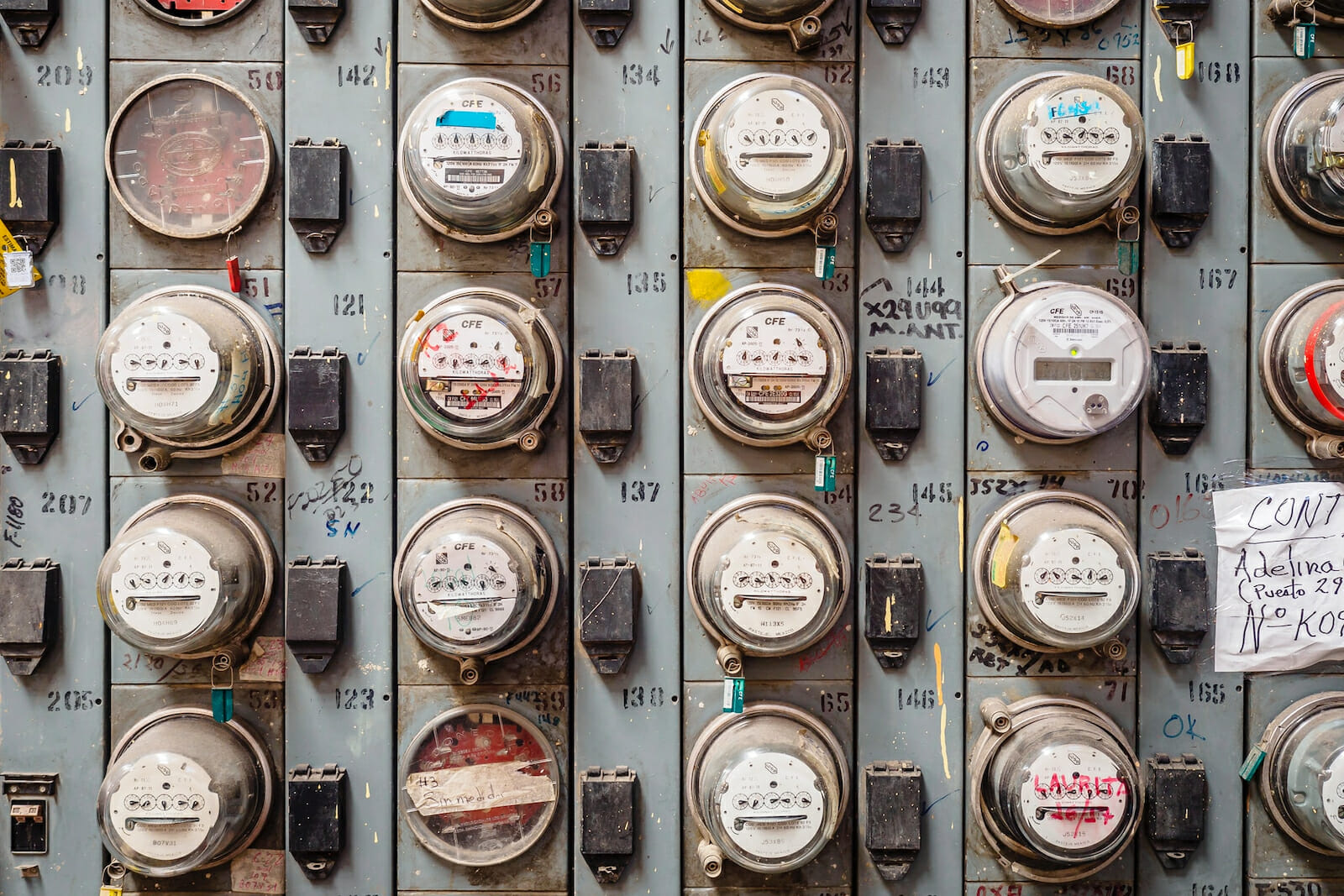
After a Failed Power Grid, Where Does Texas Go from Here?
In the middle of February, a historic power crisis began in Texas — one that is still on-going and may take months to fully recover from. After a winter storm brought rare, below-freezing temperatures to the typically warm state, the Texas power grid failed on a massive scale. Millions of Texans suddenly found themselves without power, water and heat throughout the storm.
After the storm, the Associated Press reported that, of the 70 fatalities, many occurred from freezing temperatures. Millions more went without power for days, and some are still trying to get clean water or heat. You could be seeing repairs and recovery lasting for a while.
What ultimately caused this failure? Many politicians have been quick to point fingers. However, the main culprit is the energy grid in the massive state. Alongside power mismanagement and manipulation, the Texas power grid was not prepared for such catastrophic weather conditions.
Grid Failure and the Future
The energy market fundamentally failed the state of Texas and its millions of residents. Due to the size and population of the state, the energy grid must be equally as monumental. However, with a lack of consideration for the storm on February 10, power became scarce.
Further, electricity companies began to hike up prices. One Texan received a $9,000 electricity bill, for which she is now suing her provider. This kind of price gouging comes from an abuse of power from electricity suppliers. These companies faced no consequences for not supplying residents with power during this crisis.
On top of this mismanagement though, many suppliers didn’t have access to power supplies to begin with. While wind turbines froze in some parts of the state, nuclear, gas, and coal power plants failed as well. Pipelines froze, and plants couldn’t transport or create electricity. Without electricity, residents lost heat and water, leading to injuries and numerous deaths.
Texas Governor Greg Abbott later placed a moratorium on energy companies’ actions — they can no longer cut off residents’ power over late or missing payments. President Joe Biden also declared a national emergency in Texas and prepared funds to aid the state’s recovery.
However, the main issue still stands. The Texas power grid was not equipped to handle the storm. Many blame ERCOT, Texas’ main electricity provider, saying the council did not take into account predictions about the storm nor did it properly prepare residents for what was to come. Consequently, the state launched an investigation into the entire situation, which ERCOT will potentially face alongside a slew of lawsuits.
Two Global Crises
Adding to the disorganization and power failures, the world is currently facing two crises. First, the COVID-19 pandemic makes close contact a risk. Health care facilities are already full, treating patients with the virus and trying to slow the spread. The injuries and illnesses from the power grid crisis make the pandemic an even bigger risk.
Going to a friend’s house is an option for heat and water, but that puts Texans at risk of spreading the virus. Going to a hotel is another option, but price gouging caused spikes in rates. If Texans need to go to the hospital, risks are again present. If homeowners try to repair their electricity themselves, more threats arise — solutions are scarce. Thus, the state cannot face another crisis like the winter storm.
However, due to the climate crisis, extreme weather has become more common. During the summer of 2020, California saw a similar failure, with blackouts across the state. Extreme heat was the main cause of that failure, though, not a lack of preparation. Still, the underlying threat of climate change signifies that extreme conditions aren’t going anywhere.
The solutions? Texas and the United States as a whole need more government action, moving away from fossil fuels. This step slows and reverses the climate crisis, all the while the government should prepare states to prevent instances like Texas’ outages from happening again.
Looking for Help
It’s clear that federal and state governments must act immediately due to the climate crisis. What happened in Texas can happen elsewhere due to a lack of science-based decisions and preparation.
For Texans seeking help, you should first document any damage to your home. If you don’t have insurance, you can submit the documentation for a potential FEMA reimbursement. Otherwise, file an insurance claim. You can also check out the several resources offering financial assistance during this time.

